Key Takeaways
- “Light” doesn’t always mean low sugar. Many cocktails, hard seltzers, and canned coolers contain hidden sugars and sweeteners that can affect glucose levels, even when labels suggest otherwise.
- Liquid sugar hits fast, and alcohol makes it harder to manage. Sugary drinks are rapidly absorbed, and alcohol impairs the way your body regulates glucose by altering liver function, hydration, and sleep.
- Smart swaps and mindful habits can help. Limit or avoid alcohol, choose lower-sugar drinks, eat before or while drinking, and alternate alcohol with water to support more stable glucose while still enjoying summer social events.
{{mid-cta}}
On a hot day, few things sound better than something cold, crisp, and just a little sweet. Hard seltzers, canned cocktails, and fruity mixers are everywhere this summer, and they’re often marketed as light, clean, or low in sugar. But if you dig a little deeper, you’ll find that many of these drinks are hiding more than they let on.
From fruit juice concentrates to sweet syrups and malt-based alcohols, even drinks that seem harmless can sneak in surprising amounts of sugar. If you’re paying attention to your glucose or trying to make smarter choices for your metabolic health, those hidden ingredients can make a difference. Here's how to spot what’s really in your glass, and a few easy ways to sip smarter this season.
Where the Sugar Hides in “Light” Cocktails
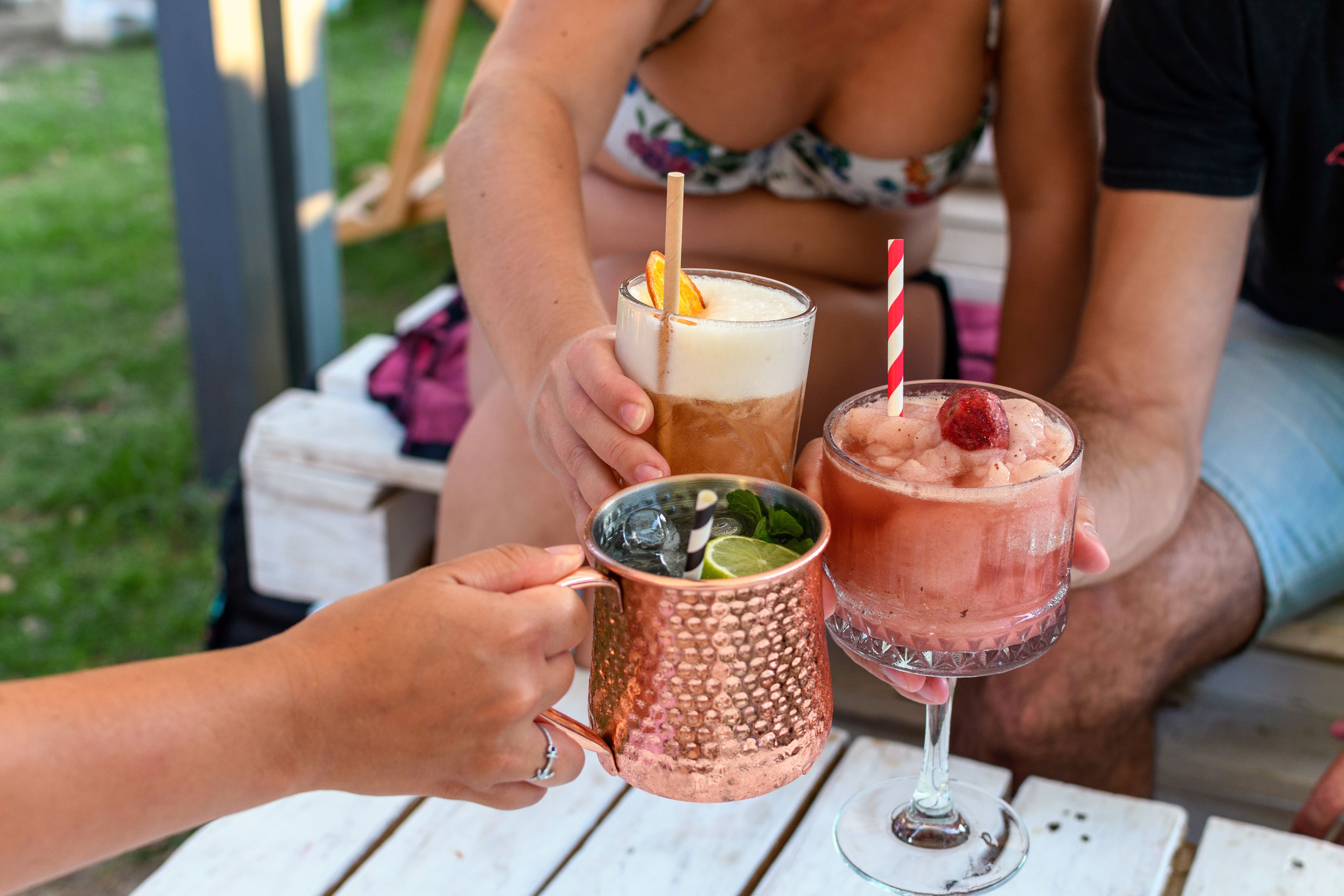
Some cocktails, such as mojitos, margaritas, and sangria, often appear lighter than they are. Especially when they’re filled with ice, served in a tall glass, or labeled as “skinny.” However, behind the refreshing flavor is often a mix of ingredients used to sweeten the drink, many of which can affect your glucose levels.
Pre-made mixers, flavored liqueurs, and fruit juice concentrates are among the biggest culprits, and a single drink can contain anywhere from 30 to 50 grams of sugar, which is sometimes more than a dessert provides.
Even when a drink is made from scratch, added sugar can sneak in through ingredients like agave syrup, simple syrup, or even muddled fruit. While “skinny” versions are often promoted as lower-calorie, they frequently swap sugar for juice blends or sugar alcohols, which may still spike blood glucose depending on how your body responds.
Because alcohol can interfere with your body’s ability to regulate glucose, the impact of added sugar is often more pronounced. What seems like a lighter choice can end up placing more stress on your metabolism, especially if you’re having more than one. That’s why understanding what’s in the glass matters just as much as how it tastes.
Hard Seltzers: Not Always So “Light”
Hard seltzers, alcoholic beverages comprising carbonated water, alcohol, and natural fruit flavors, have gained popularity over the last five years, mainly due to their reputation as a healthier alternative to beer and other mixed drinks.
Many of these beverages start with a fermented sugar base, often made from cane sugar, corn syrup, or malted rice. During fermentation, most of the sugar is converted into alcohol, which allows brands to list “0 grams of sugar” on their labels. But the story doesn’t end there. Some seltzers add sweeteners back in after fermentation, such as cane sugar, fruit juice, or stevia blends, to enhance the flavor. Others contain residual sugars that aren’t always reflected clearly on the nutrition facts panel.
While the total sugar content is low in comparison to conventional beers and mixed cocktails, that doesn’t mean these drinks are metabolically neutral. The combination of alcohol and small amounts of fast-absorbing sugar or sweeteners can still impact glucose levels, especially for people who are insulin-resistant. And because most cans are easy to sip quickly, it’s easy to have more than one without realizing how your body’s responding.
Coolers & Canned Cocktails: Fruit Imagery ≠ Fruit Juice
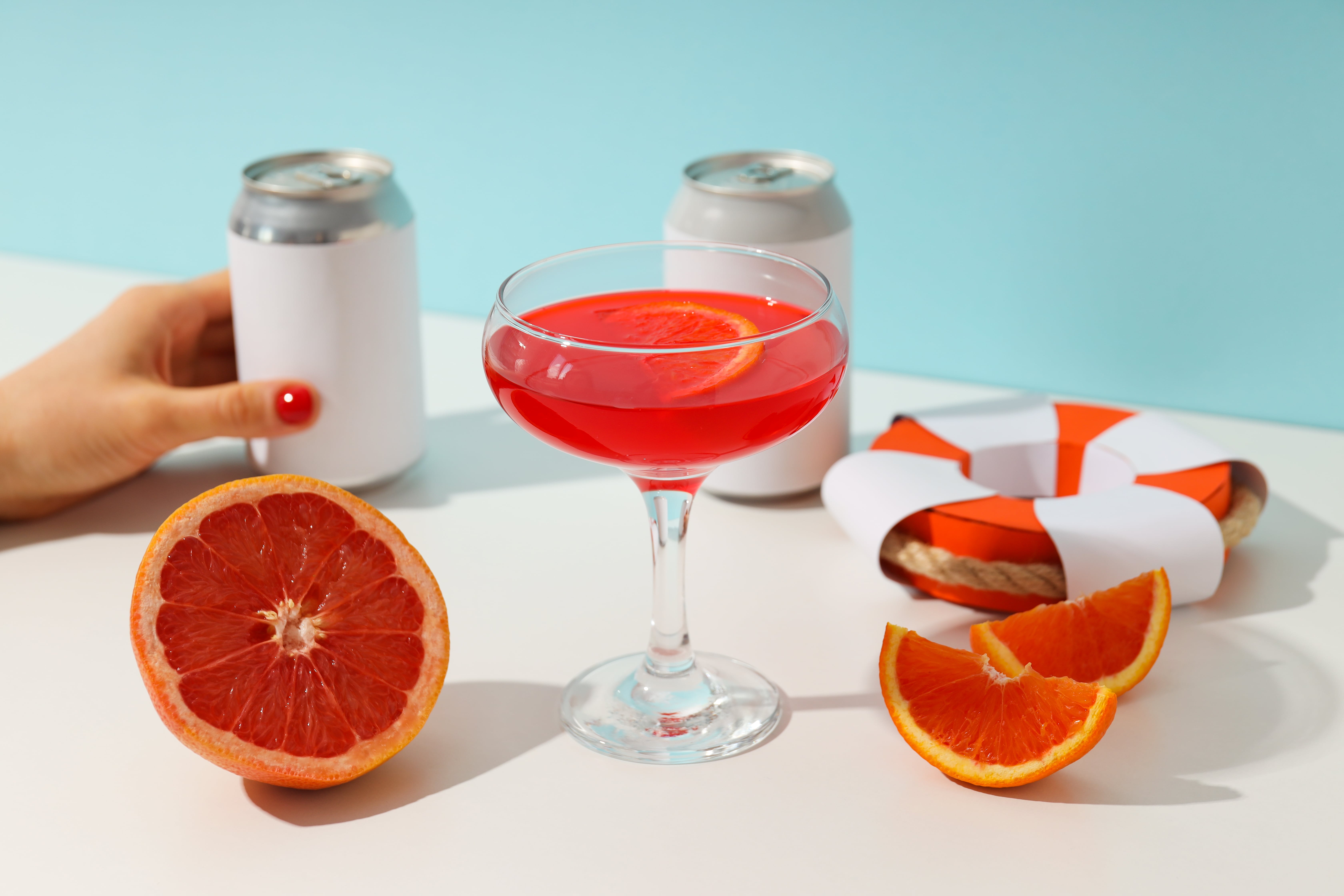
Canned cocktails and flavored wine coolers are making a comeback this summer, and many of them look deceptively healthy. Thanks to great marketing and flavor names like “peach spritz” or “berry breeze,” it’s easy to assume these adult beverages are made with real juice. However, most of the time, that fruity flavor comes from added sweeteners, flavoring agents, and food dyes, rather than from actual fruit.
These drinks are often made with a malt alcohol base and rely heavily on syrups or artificial flavors to recreate the taste of fruit. Despite branding that suggests something light or natural, a single canned drink can contain up to 7 grams of added sugar, and in some cases, even more, if you’re drinking larger “tallboy” sizes. Because these ingredients don’t always show up clearly on the front label, nutrition facts and ingredient labels are not required for most alcoholic beverages in the United States.1 So, it’s easy to underestimate how much sugar you’re actually consuming.
Even canned cocktails that use real spirits, such as vodka or tequila, often contain mixers that are high in sugar. And just like with hard seltzers, the combination of alcohol and added sweeteners can make it harder for your body to regulate glucose levels, particularly when consumed without food.
How Hidden Sugar Affects Glucose
When you consume sugar in liquid form, like in cocktails, coolers, or seltzers, your body absorbs it rapidly in the digestive tract. That quick absorption can cause a spike in glucose, followed by a strong insulin response as the body tries to bring levels back down. Unlike solid foods, which contain fiber, fat, or protein to slow digestion, sugary drinks enter the bloodstream quickly and with a greater impact.
Add alcohol to the mix, and things get more complicated. Alcohol temporarily shifts the liver’s priorities away from glucose regulation, making it harder for your body to manage rising glucose levels. It can also affect hydration and sleep quality, two additional factors that influence insulin sensitivity. So, while a single drink might not seem like much, the combination of quick-absorbing sugar and alcohol can place extra strain on your metabolic system, especially if you’re already monitoring glucose or managing insulin resistance.
How to Decode Drink Labels Like a Pro
One of the biggest challenges with alcoholic drinks? The labels can be just as misleading as the marketing. Remember, labeling is not required for most alcoholic beverages in the U.S., which means that added sugars, sweeteners, and syrups are often not disclosed on the labels. Some brands voluntarily share this information, but many don’t, making it harder to make informed choices.
When labels are available, start by looking at both the total and added sugars per serving. Even small amounts can affect glucose levels, especially when paired with alcohol. Check the ingredient list for terms like cane sugar, malted rice, corn syrup, fruit juice concentrate, or simple syrup. These are all common sources of fast-absorbing sugar. Steer clear of products that use words like 'natural flavors' or 'essence,' as they can sometimes mask added sweeteners or sugar alcohols.
Don’t overlook the serving size, either. Many canned drinks contain more than one serving, which can unknowingly double the sugar load. When in doubt, consider how the drink is flavored and whether it lists any nutrition info at all; brands that prioritize transparency are usually more upfront about what’s inside.
Low-Sugar Swaps That Taste Like Summer
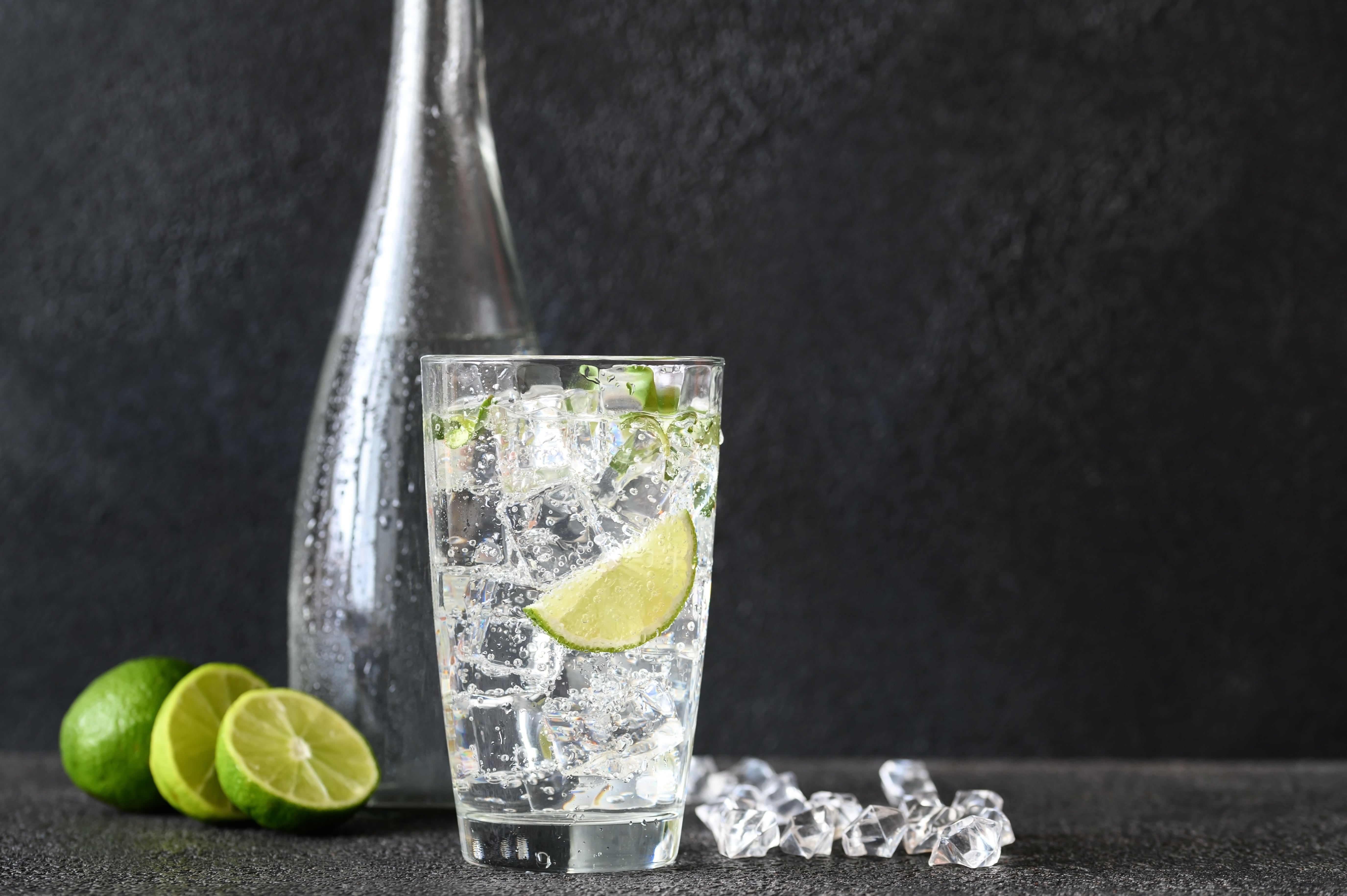
The best thing you can do to support your metabolic health and regulate glucose levels is to limit or avoid alcohol consumption. Research shows that frequent or heavy alcohol use can contribute to serious health issues like liver disease, inflammation of the pancreas, and other metabolic concerns.2
Alcohol also negatively impacts sleep quality, which affects glucose levels, appetite regulation, and decision-making around food. That being said, here are some low-sugar options, some with alcohol and some without:
Mocktail Options
- Sparkling water with fruit or herbs. Infuse plain or flavored sparkling water with fresh ingredients like cucumber and mint, lemon and basil, or grapefruit and rosemary for a naturally sweet, sugar-free refreshment.
- Club soda with a splash of 100% fruit juice. Use just 1 to 2 tablespoons of real juice (such as tart cherry, pomegranate, or orange) for flavor and color, without the sugar load of a full pour.
- Berry mojito with stevia or monk fruit. Muddle fresh mint, lime, and berries, then top with sparkling water and a few drops of monk fruit or stevia for a festive feel without added sugar.
- Kombucha-based mocktails. Choose kombucha with less than 5 grams of sugar per serving and mix it with sparkling water or citrus juice for a lightly fizzy, probiotic-friendly drink.
Options with Alcohol
- Dry wine spritzer. Combine dry white or rosé wine with sparkling water and a squeeze of fresh lemon or lime to create a lighter, lower-sugar cocktail from a single serving.
- Tequila or vodka with lime and club soda. Keep it simple and sugar-free with a shot of clear spirits, fresh lime juice, and a splash of club soda. Add a pinch of salt or a slice of jalapeño for an extra burst of flavor.
- Low-sugar canned cocktails. Look for brands that use real ingredients and disclose sugar content, ideally less than 5 grams per can. Options with kombucha, botanical infusions, or sugar-free mixers are typically more glucose-friendly.
Tips for Drinking Without Derailing Glucose
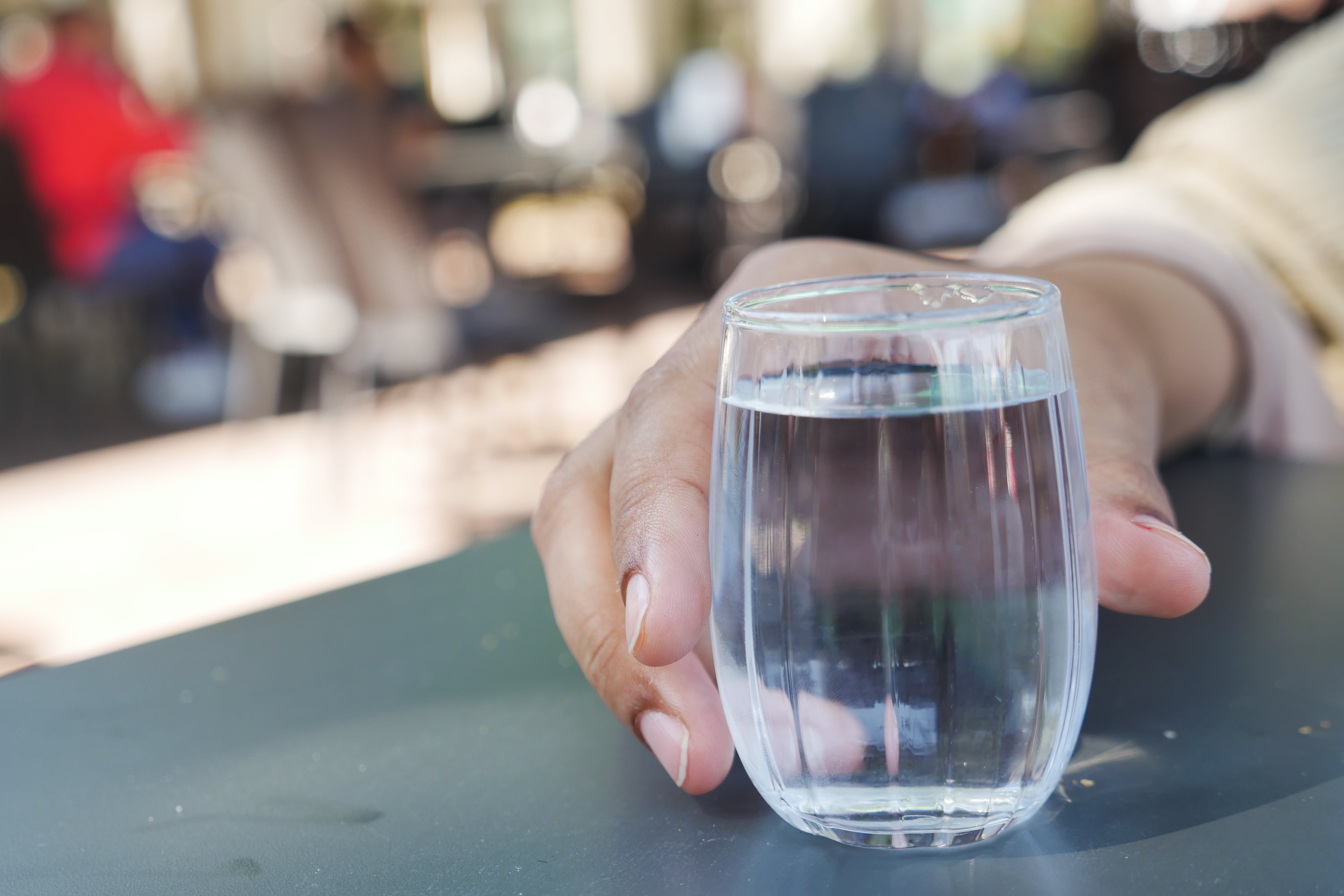
Being mindful of your alcohol consumption goes a long way in managing glucose levels and promoting metabolic health. Here are some tips to consider:
- Alternate each drink with a glass of water to prevent dehydration and maintain a healthy drinking habit.
- Pair your beverage with a snack that includes protein and healthy fats, such as nuts, cheese, or hummus, to help blunt glucose spikes by slowing down digestion and absorption. Eat before or while you drink to help your body process both sugar and alcohol more efficiently.
- Pay attention to how your body responds. If you’re using a continuous glucose monitor (CGM), you’ll be able to see the short-term effects of different drinks and make adjustments using that data. Everyone’s response is a little different, and learning how your body reacts can help you enjoy social events without the guesswork about your metabolism.
The Bottom Line
Some alcoholic beverages may be marketed as light and refreshing, but many contain hidden sugars and sweeteners that can affect your glucose levels, especially when combined with alcohol. Since most alcoholic beverages don’t include full ingredient or nutrition labels, it’s up to you to decode what’s really in your glass.
Whether you choose to drink or prefer non-alcoholic alternatives, small shifts can make a big difference in your metabolic health. Look for drinks with minimal added sugar, pair alcohol with food, stay hydrated, and pay attention to how your body responds. With a little thought and good intention, you can enjoy summer celebrations without sidelining your health goals.
Learn More With Signos’ Expert Advice
Understanding your body’s glucose response to alcohol, sugar, and other everyday choices can help you make intentional choices that improve your health. With Signos, you can monitor your glucose levels and receive personalized insights to support informed decisions that improve your health. Want to dive deeper? Learn more about why glucose is so important on the Signos blog.
Topics discussed in this article:
References
- Alcohol and Tobacco Tax and Trade Bureau. Alcohol beverage labeling and advertising. U.S. Department of the Treasury. Updated April 2, 2025.
- Hendriks HFJ. Alcohol and Human Health: What Is the Evidence?. Annu Rev Food Sci Technol. 2020;11:1-21. doi:10.1146/annurev-food-032519-051827


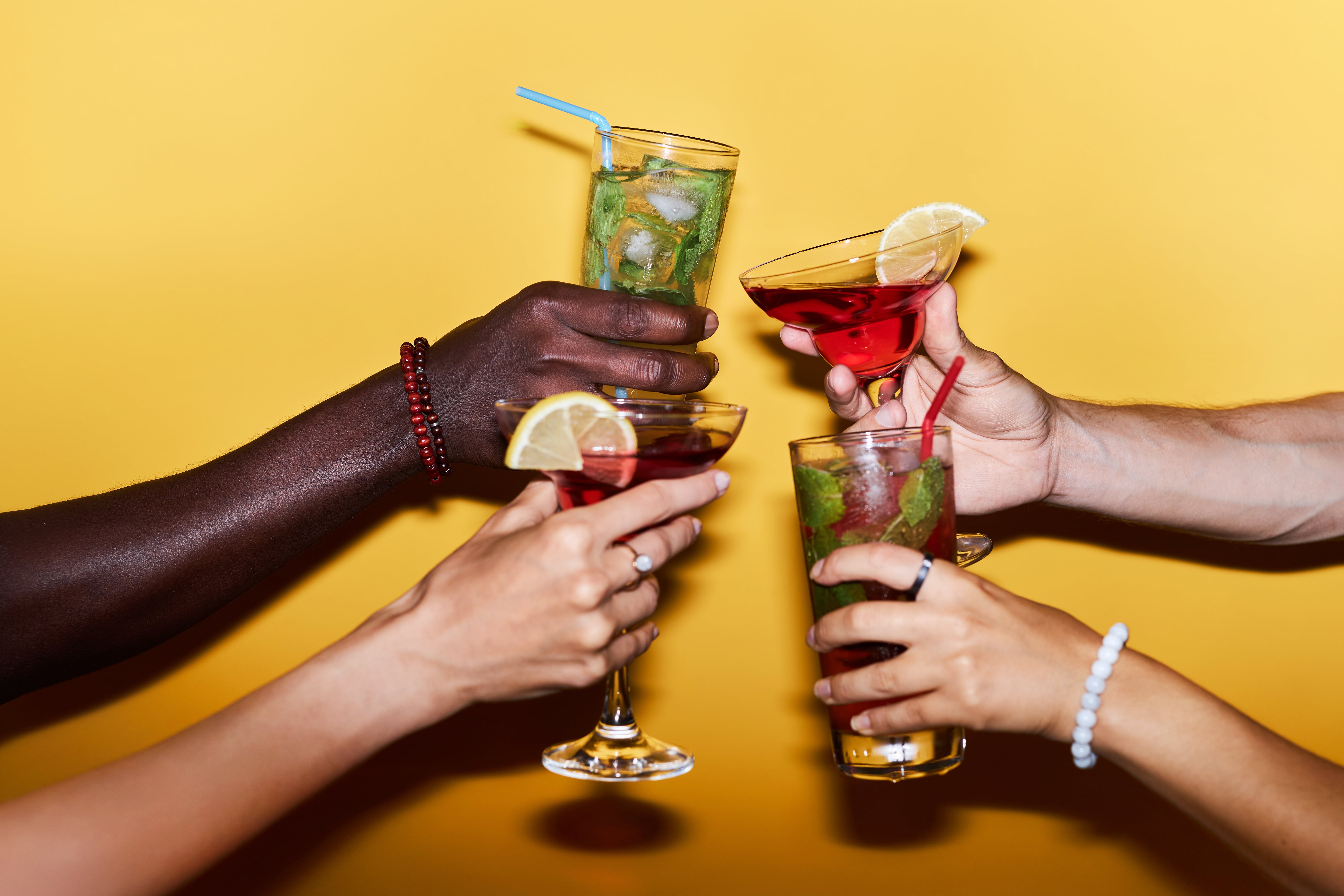

.svg)
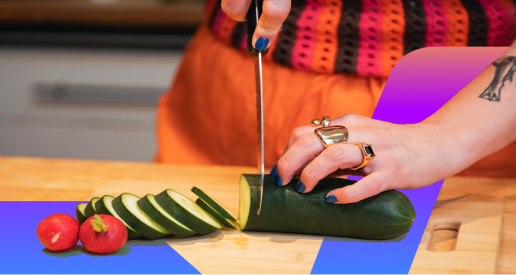






.jpg)


.svg)
.svg)
.svg)
.svg)
.svg)
.svg)
.svg)
